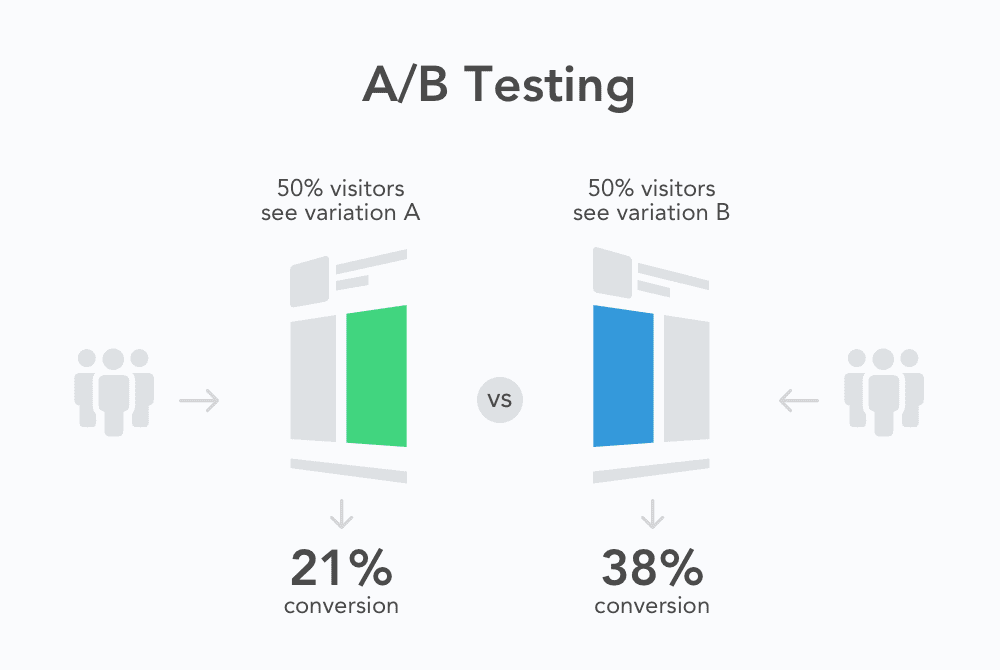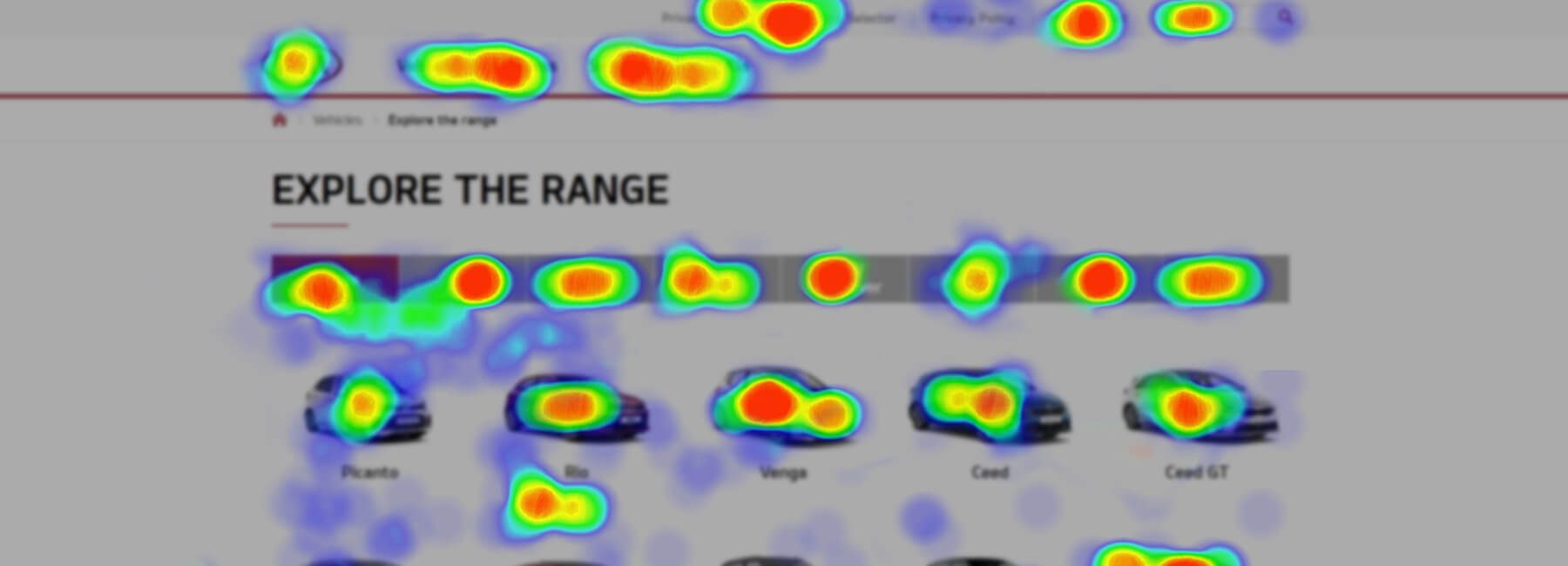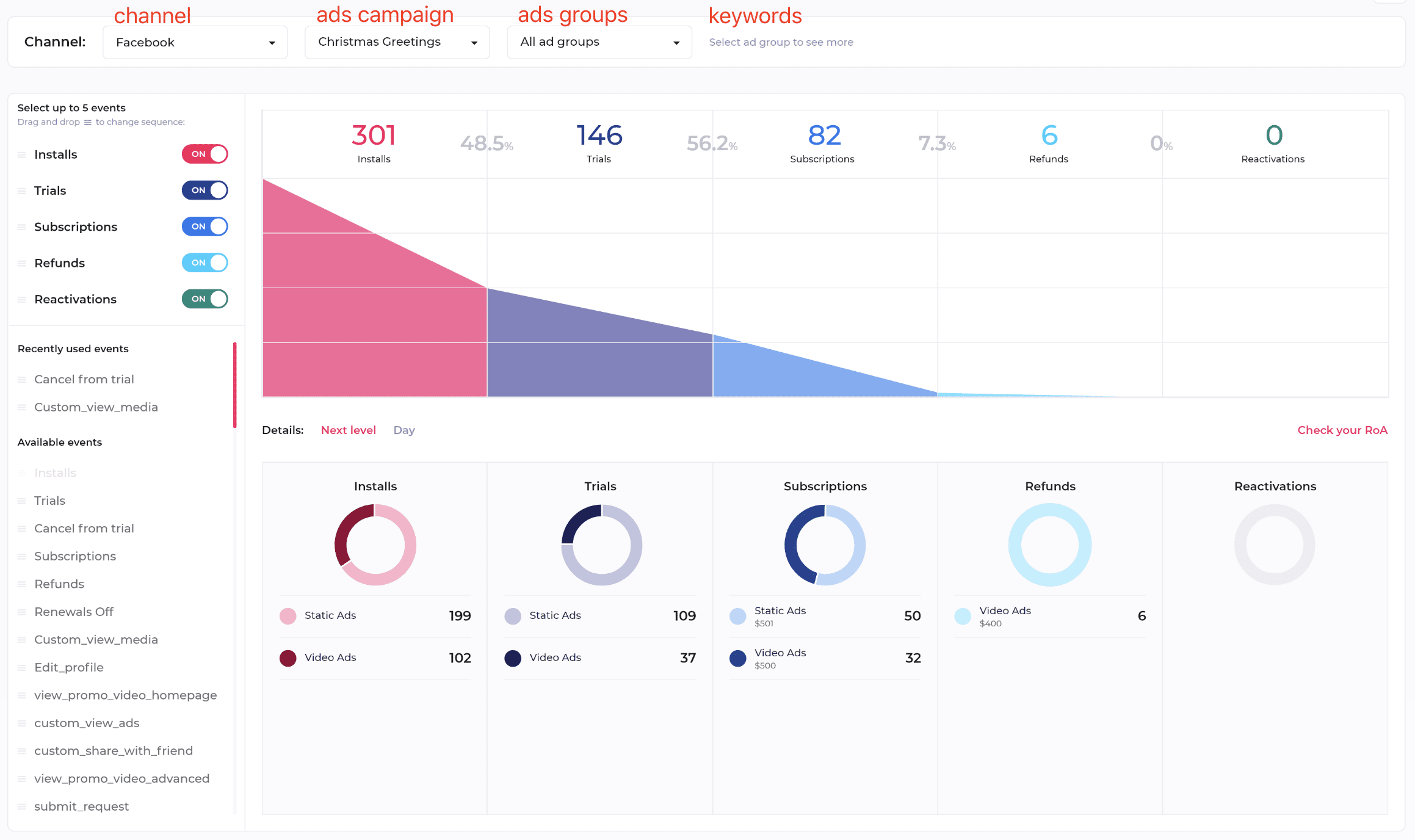In the highly competitive world of ecommerce, turning website visitors into paying customers is the ultimate goal—and conversion rate optimization (CRO) is the key to achieving it. With countless tools available, it can be overwhelming to choose the right ones that will effectively boost your store’s performance and maximize sales. Whether you’re aiming to enhance user experience, analyze customer behavior, or streamline your checkout process, having the right CRO tools at your disposal can make all the difference. In this blog post, we’ll explore the top conversion rate optimization tools every ecommerce store should use to drive more conversions, increase revenue, and create a seamless shopping journey for your customers.
1. User Behavior Analytics Tools
Understanding how visitors interact with your ecommerce website is crucial for optimizing conversion rates, and that’s where user behavior analytics tools come into play. These tools provide invaluable insights into the customer journey by tracking actions such as clicks, scrolls, mouse movements, and navigation patterns. By analyzing this data, you can identify pain points, popular products, and drop-off areas that may be hindering conversions.
Popular user behavior analytics tools like Hotjar, Crazy Egg, and FullStory offer features such as heatmaps, session recordings, and user feedback polls. Heatmaps visually represent where users are clicking or spending the most time, helping you determine which parts of your site capture attention and which might be ignored. Session recordings allow you to watch real-time user interactions, revealing usability issues or confusing elements that might not be apparent through traditional analytics.
Implementing these tools enables you to make data-driven decisions to enhance your website’s layout, streamline navigation, and improve call-to-action placements. Ultimately, by closely monitoring user behavior, you can create a more engaging and intuitive shopping experience that encourages visitors to complete their purchases, boosting your ecommerce store’s conversion rates.
2. A/B Testing and Experimentation Platforms
A/B testing and experimentation platforms are essential tools for any ecommerce store looking to optimize its conversion rates effectively. These platforms allow you to create multiple versions of your web pages, product listings, or checkout processes to test which variations perform better in terms of user engagement and sales. By systematically experimenting with different headlines, images, call-to-action buttons, or even page layouts, you can gather valuable data on customer preferences and behavior. Popular A/B testing tools like Optimizely, VWO, and Google Optimize offer intuitive interfaces and robust analytics, making it easier for ecommerce businesses to run experiments without needing extensive technical expertise. Implementing these platforms empowers you to make data-driven decisions, reduce guesswork, and steadily improve your website’s performance, ultimately leading to higher conversion rates and increased revenue.

3. Heatmaps and Session Recording Tools
Heatmaps and session recording tools have become indispensable assets for any ecommerce store aiming to boost its conversion rates. Heatmaps visually represent how visitors interact with your website by tracking clicks, taps, and scrolling behavior. This data helps you understand which elements grab attention and which parts are being ignored, allowing you to optimize your layout and design for maximum engagement. Meanwhile, session recording tools provide a more in-depth perspective by capturing individual user sessions in real-time or for later playback. This allows you to observe user behavior, identify pain points, and uncover potential obstacles in the shopping journey that may be causing visitors to abandon their carts. By leveraging these tools, ecommerce store owners gain valuable insights into customer behavior, enabling them to make data-driven decisions that enhance user experience, streamline navigation, and ultimately improve conversion rates. Popular tools like Hotjar, Crazy Egg, and FullStory offer robust heatmapping and session recording features that are easy to integrate and interpret, making them essential components in any ecommerce optimization toolkit.
4. Personalization and Recommendation Engines
In the competitive world of ecommerce, personalization and recommendation engines have become essential tools for boosting conversion rates and enhancing the customer experience. These technologies analyze customer behavior, preferences, and purchase history to deliver tailored product recommendations that resonate with individual shoppers. By presenting personalized suggestions—whether on product pages, during checkout, or through email campaigns—stores can significantly increase the chances of cross-selling and upselling, leading to higher average order values. Moreover, personalization engines help create a more engaging and relevant shopping journey, making customers feel valued and understood, which in turn fosters loyalty and repeat business. Integrating a robust recommendation engine into your ecommerce platform not only streamlines the buying process but also transforms casual browsers into satisfied, returning customers. Whether you’re a small boutique or a large online retailer, leveraging personalization tools is a smart strategy to optimize conversions and drive sustainable growth.
5. Conversion Funnel Analysis Tools
Understanding your customers’ journey through your ecommerce site is crucial for boosting sales and improving overall user experience. This is where conversion funnel analysis tools come into play. These tools help you visualize and analyze the steps visitors take from the moment they land on your website to the final purchase. By identifying where users drop off or encounter friction, you can make informed decisions to optimize those specific stages and reduce cart abandonment rates.
Popular conversion funnel analysis tools like Google Analytics, Hotjar, and Mixpanel offer in-depth insights into user behavior, including click paths, time spent on pages, and conversion rates at each funnel stage. With these insights, you can experiment with different strategies such as simplifying checkout processes, enhancing product pages, or offering timely incentives to guide visitors smoothly towards completing their purchase. Incorporating conversion funnel analysis into your optimization strategy empowers your ecommerce store to turn more visitors into paying customers effectively.
6. Checkout Optimization and Cart Abandonment Solutions
One of the most critical stages in the ecommerce customer journey is the checkout process. A complicated or lengthy checkout can lead to frustrated customers and, ultimately, cart abandonment—one of the biggest challenges for online stores. To tackle this, checkout optimization tools are indispensable. These solutions streamline the checkout experience by simplifying forms, offering multiple payment options, and enabling guest checkouts, all of which reduce friction and make it easier for customers to complete their purchases. Additionally, cart abandonment solutions play a vital role by identifying when shoppers leave without buying and engaging them with timely, personalized reminders via email or SMS. Some tools even provide exit-intent popups or retargeting ads to bring customers back to their carts. By integrating these powerful checkout optimization and cart abandonment tools, ecommerce stores can significantly boost their conversion rates, turning more visitors into loyal customers while maximizing revenue.
7. Email and Customer Retention Tools
When it comes to boosting your ecommerce store’s conversion rates, email and customer retention tools play a crucial role in nurturing relationships and encouraging repeat purchases. These tools help you engage with your customers through personalized email campaigns, targeted promotions, and automated follow-ups that keep your brand top of mind. Email marketing platforms like Klaviyo, Mailchimp, and ActiveCampaign allow you to segment your audience based on their behavior, purchase history, and preferences, enabling highly relevant messaging that resonates with each customer. Beyond simple newsletters, these tools offer features such as cart abandonment reminders, post-purchase follow-ups, and re-engagement campaigns, all designed to gently guide shoppers back to your store. Additionally, integrating loyalty programs and referral incentives within your email strategy can significantly increase customer lifetime value and foster brand advocacy. By leveraging these email and retention tools effectively, ecommerce stores can not only enhance the shopping experience but also transform one-time buyers into loyal, long-term customers.
8. Analytics and Reporting Dashboards
A crucial part of optimizing your ecommerce store’s conversion rate is having access to comprehensive analytics and reporting dashboards. These tools give you valuable insights into how visitors interact with your website, which pages perform best, where customers drop off, and what drives purchases. By collecting and visualizing this data, you can make informed decisions that improve user experience and boost sales.
Top analytics dashboards provide real-time metrics on key performance indicators such as bounce rate, average session duration, cart abandonment rates, and conversion funnels. They often integrate seamlessly with other marketing tools, allowing you to track campaigns, customer demographics, and product performance all in one place. User-friendly interfaces and customizable reports make it easy for store owners and marketers to understand complex data without needing advanced technical skills.
Popular options like Google Analytics, Mixpanel, and Hotjar not only track numbers but also offer heatmaps, session recordings, and customer feedback features to reveal exactly how users navigate your site. Armed with these insights, you can identify pain points, test different strategies, and continuously refine your ecommerce store to maximize conversions. In essence, analytics and reporting dashboards are indispensable tools that empower you to turn data into actionable growth opportunities.

If you found this article helpful, contact us for a FREE CRO Audit






